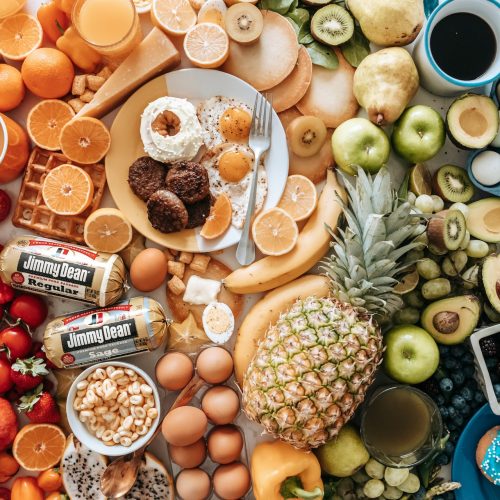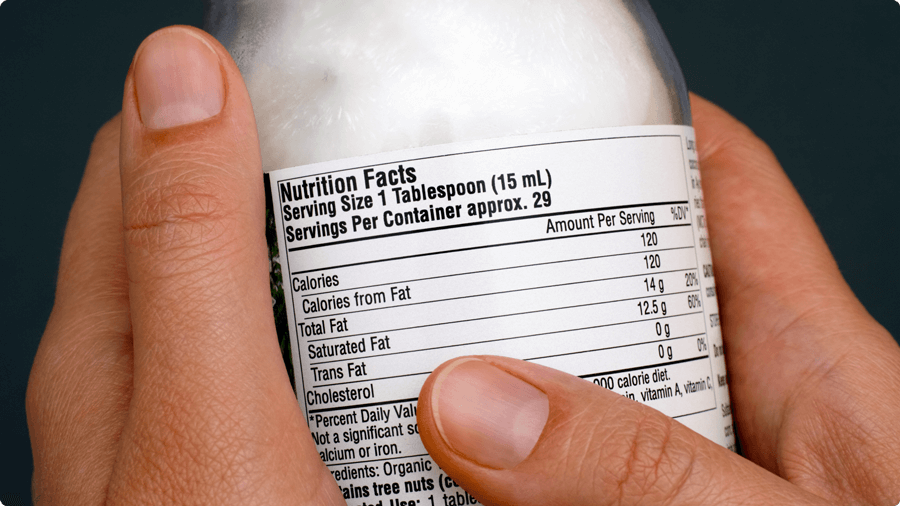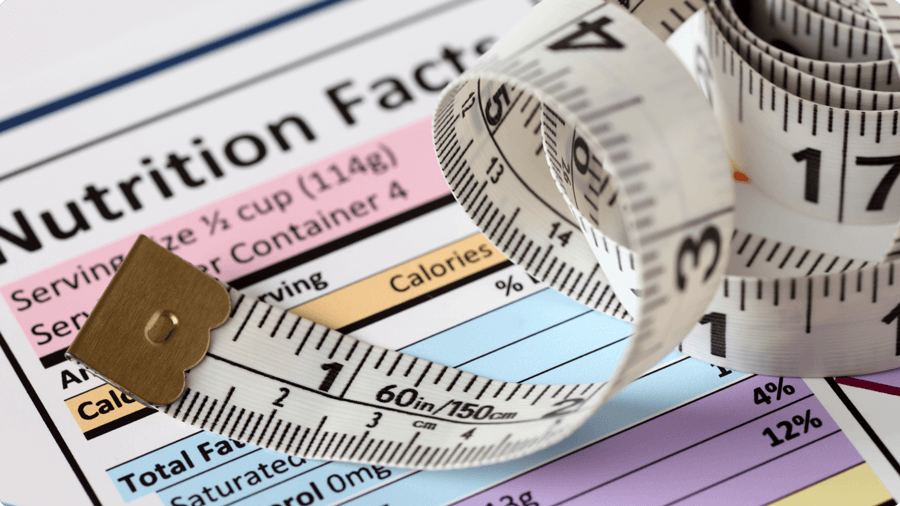
Learn Nutrition Information to Make Safe Food Choices
- ديسمبر 24, 2022
- 0 Likes
- 446 Views
- 0 Comments
Processed foods are packaged and listed with specific nutritional ingredients, but not everyone understands all that important information. Don’t let food labels be a matrix to us, let’s learn how to read and understand important information about nutrition and energy to choose and buy foods that are both delicious and safe for your health. be well!
The first thing to look out for when reading food labels is how the ingredient, nutrient, and energy information is arranged. The ingredients listed on food labels are always in descending order of weight, and the main ingredients in the food package are listed first. This information is especially helpful for people with sensitivities to certain foods, such as those who do not eat pork or shellfish, avoid sugar, or are vegetarians.
Contents [show]
Step 1: What is the serving size?
A food package will usually contain more than one serving. The nutritional ingredients listed on the food label correspond to one serving, so if there are two servings in a package (or you use more than one serving), it means you will absorb it. double the calories, fat and other nutrients printed on the label. For example, the picture below: a serving corresponding to 1 tablespoon (15ml) will contain 120 Calories, Total Fat is 14g … so, if you use more than 1 tablespoon of food, the energy and nutrients will be Your absorption will increase accordingly.

Step 2: Check calories (Calories)
Determining the number of calories (calories) tolerated for the day is the first condition when establishing a healthy diet . Therefore, before deciding to buy certain processed foods, you need to check how many calories are in a serving and in a whole package/box of food to balance the calories taken from different dishes. during the day. The average adult needs to consume 2,000 calories per day. If you are in need of weight loss, then you should choose products with lower than average calories, especially calories from fat.
Step 3: Pay attention to information about fats, sugars and sodium
Easily see on food labels information about fat (Total Fat). The types of fat commonly found in processed foods include: Saturated Fat and Trans Fat, which are the types of fat we need to limit our tolerance to.
A diet low in fat, sugar, and sodium can help you reduce your risk of chronic diseases, like heart disease, cancer, and high blood pressure. Because of:
- Saturated and trans fats are associated with an increased risk of heart disease.
- Eating too much sugar will provide many calories, but lack other nutrients that are good for the body.
- High sodium levels can lead to increased blood pressure.
Step 4: Eat enough Vitamins, Minerals and Fiber
When reading food labels, check the amount of vitamins, minerals, and fiber in a serving. We need to eat enough fiber, potassium, vitamin D , calcium and iron to keep our bodies rosy, maintain good health and reduce the risk of certain health problems like osteoporosis and anemia.
But the best sources for getting enough vitamins, minerals and fiber are fresh, natural fruits and vegetables, not industrially packaged foods.
Step 5: Don’t misunderstand some “expert words” on food labels

At a glance, these words may seem auspicious and healthy, but they are not!
- Light: Products labeled “light” are processed to reduce calories or fat. Some products simply add water to increase the package weight. But “light” doesn’t always mean healthy. Check carefully to see what is added to the product, which may have added sugar or unhealthy fats in the package.
- Organic : This word does not necessarily mean that the product will be healthy. For example, organic sugar is still sugar.
- No added sugar: No added sugar does not mean that the food/drink is healthy. Some products are already naturally high in sugar and don’t need to be added, like canned or dried fruit. Sugar substitutes may also have been added.
- Low fat: This label usually means reduced fat but added sugar. Carefully read the list of ingredients remaining in the package/box.
- Low carb (low starch): Many people follow low-carb diets to lose weight, improve health. However, processed foods labeled low-carb often still contain other preservatives.
- Fortified or enriched with something: Means that certain nutrients have been added to the product. For example, vitamin D is often added to milk. However, just because something is added doesn’t make it any healthier.
- Fruit flavors: Many processed foods are flavored with extra flavor, such as strawberry yogurt. However, these fruit-flavored products may not contain any fruit at all, but only chemicals that taste like fruit.
- Low trans fat: For example, the phrase “less than 0.5 grams trans fat per serving” means that if you take the wrong serving, or more than one serving, it may still contain trans fat.
.




Leave Your Comment